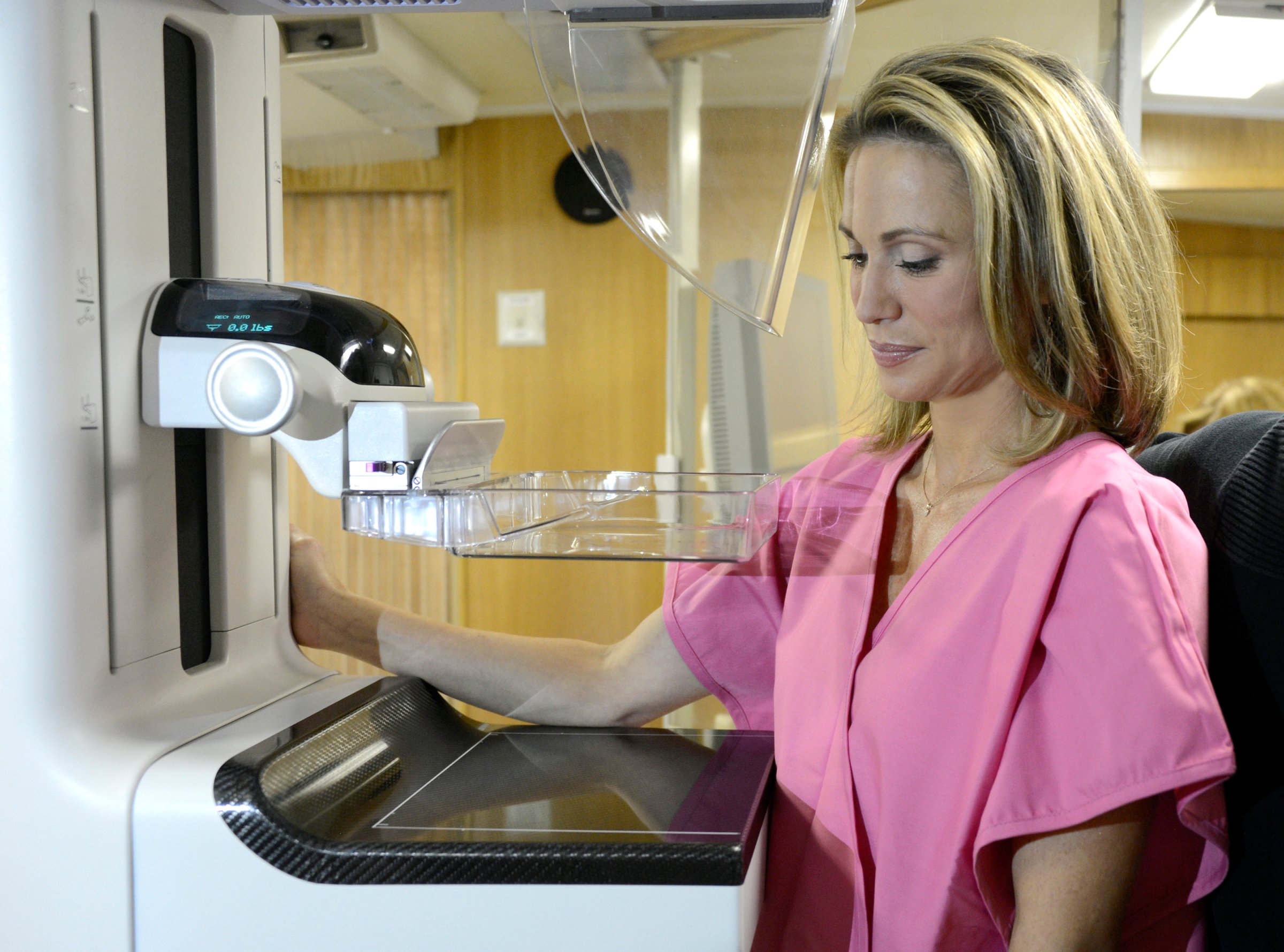
The mantra of “the more screening, the better” for reducing deaths from breast cancer took another hit with the latest study on mammography from Canada. Involving 90,000 women who were followed for 25 years, the results showed that deaths from breast cancer were about the same among women who received yearly screenings for five years and among those who did not.
The findings, published in the BMJ, support the controversial recommendation by the U.S. Preventive Services Task Force (USPSTF) in 2009, which advised women to start mammogram screening at age 50, instead of age 40, and get tested only every other year. The study doesn’t have any immediate effects on the current guidelines, which will be revisited and revised later this year. In the meantime, here’s what to know about how the latest research impacts mammograms.
MORE: Study: Mammograms Lead to Many False-Positive Results
This study is important because it looks at death rates, not just detection.
The advice to get annual mammograms was based on shorter-term studies that looked only at the number of breast cancer cases the screening detected. Most did not continue long enough to measure how many women died of breast cancer detected by the mammograms; most doctors assumed that the more cancers the test picked up, the lower the death rate would be.
The harm from over-diagnosis and over-treatment outweighs the benefits of annual screenings.
The USPSTF study was among the first to look comprehensively at the effect of things like biopsies, surgery, unnecessary radiation exposure, and other treatments on women’s health and mortality. They found that the benefits of annual screening did not outweigh the risks of complications from such overtreatment or unneeded therapies for lesions that might not have developed into serious cancer. The current study from Canada supported this finding; one in 424 received unnecessary radiation, chemotherapy, or surgery to treat lesions found on their mammograms.
There are now more effective treatments available for breast cancer.
Drugs like tamoxifen and better chemotherapy and radiation therapies have significantly increased a woman’s chances of surviving breast cancer, and have contributed to a lower death rate from the disease overall.
The results don’t mean that mammograms are useless.
What the results suggest is that previous advice that all women get regular mammograms may be misguided. For most women with average risk of breast cancer, even detecting small growths, as the current study found, does not necessarily lead to lower death rates from the disease. (There will always be exceptions, of course, such as broadcaster Amy Robach, who had no family history of the disease and only discovered her cancer after a mammogram screening.) Mammograms are still recommended, and could be life-saving, however, for women with a family history of breast cancer or who have the BRCA mutations that confer an up to 65% increased risk of developing the disease.
More Must-Reads from TIME
- Where Trump 2.0 Will Differ From 1.0
- How Elon Musk Became a Kingmaker
- The Power—And Limits—of Peer Support
- The 100 Must-Read Books of 2024
- Column: If Optimism Feels Ridiculous Now, Try Hope
- The Future of Climate Action Is Trade Policy
- FX’s Say Nothing Is the Must-Watch Political Thriller of 2024
- Merle Bombardieri Is Helping People Make the Baby Decision
Contact us at letters@time.com